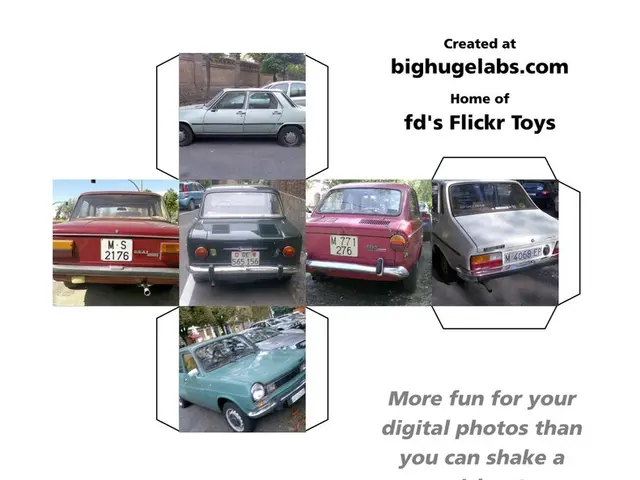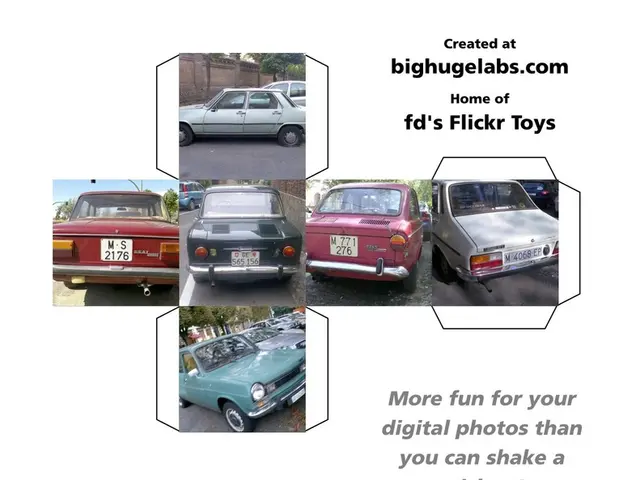Germans Opt for Less Car Commuting, Mikrozensus Reveals
Germans experience a slight decrease in car usage frequency - Less automobile commuting observed among Germans
In the latest Mikrozensus survey, the preferred mode of transport for commuters in Germany remains the car, but its dominance is starting to wane. The Federal Statistical Office report indicates a decrease in cars being used for daily commutes, down three percentage points from four years ago, making up 65% of the total.
While the car still leads the way, an increase in alternative transport methods is evident. Public transport saw a rise of two percentage points, with 16% of people now opting for trains, buses, and trams. Walking is on the up too, with six percent of workers now choosing to walk to work, an increase of one percentage point from 2020. Cycling, meanwhile, remains steady at 10%.
Independent of the chosen transport, the journey to work for most commuters remains swift. Seventy percent of workers reach their destination within 30 minutes. Nearly every fifth person (19%) takes less than 10 minutes, and half (50%) take between 10 and 30 minutes. A mere six percent face hour-long commutes each way.
The Mikrozensus, conducted in Wiesbaden, offers insights into shifting commuting trends in Germany over the past four years. The data shows a rise in the use of bicycles and walking, a reflection of growing environmental concerns and investments in cycling infrastructure. In contrast, car usage has either stabilized or declined slightly, hinting at a gradual move away from car dependency.
Interestingly, the use of public transportation has remained relatively stable, subject to regional factors and service availability. The rise of remote work possibilities, accelerated by the COVID-19 pandemic, has undeniably influenced daily commuting patterns, as fewer people commute to work daily compared to previous years.
In summary, the Mikrozensus reveals a shift towards more sustainable and flexible commuting options in Germany, with fewer people relying on cars for their daily commute. The data suggests a growing preference for environmentally-friendly and convenient transport solutions, a trend that is likely to continue in the future.
The Community policy should address the increased use of public transit, bicycles, and walking as sustainable commuting options, given the recent decline in car usage among German commuters, as revealed by the Mikrozensus. Employment policy might need to consider the potential impact of this shift on the automotive industry and finance, as car use for daily commuting decreases. The industry sector might need to explore new strategies to adapt to changes in transportation preferences, such as public-transit, transportation, and embrace the growing trend of flexible work arrangements influenced by the COVID-19 pandemic.








